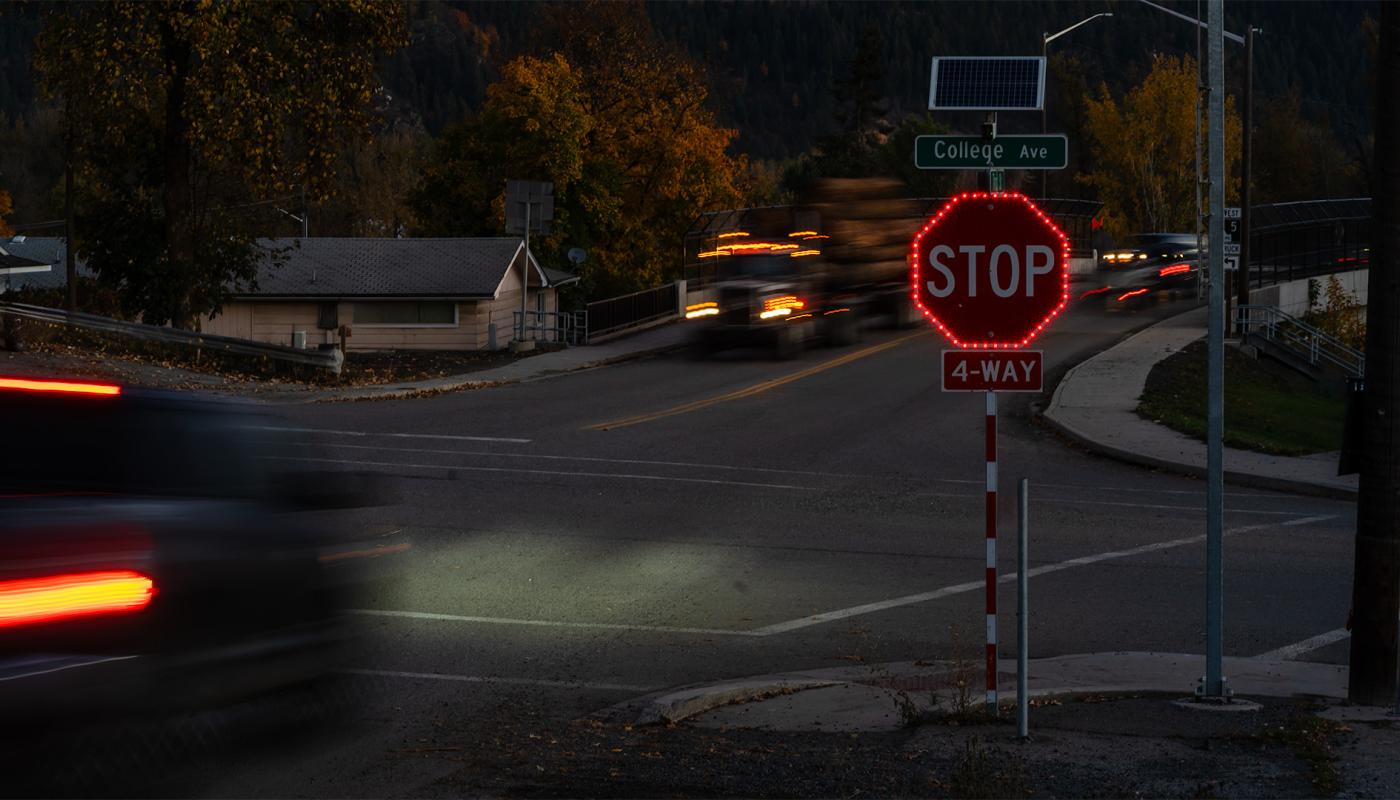Exploring the Impact of Flashing LED Stop Signs: A Comprehensive Review
Introduction
In this article, we delve into a meticulous study conducted by the Minnesota Department of Transportation on the safety implications of flashing LED stop signs. Through detailed technical analysis, the study reveals a statistically significant 41.5% reduction in crashes, offering valuable insights into the effectiveness of this innovative traffic control solution.
Section 1: Understanding the Study
1.1 Background
To provide context, this project employed a dual-method investigation, comprising a statistical study and a field study, aiming to gauge the safety-related effects of flashing LED stop signs.
1.2 Methodology
Statistical Study
- Design: Hierarchical Bayes before/after design.
- Scope: 15 through-stop controlled intersections.
- Targeted Crashes: Right-angle crashes involving major and minor approach vehicles.
- Result: A 41.5% estimated reduction in crash frequency, with a confidence interval ranging from 0% to 70.8%.
Field Study
- Location: A through-stop controlled intersection in Chisago County.
- Approach: Portable video equipment recorded driver behavior changes.
- Observation: Clear stops increased for drivers facing opposing traffic after the installation of flashing LED stop signs.
Section 2: Field Study Insights
2.1 Driver Behavior Analysis
- Non-Opposing Traffic: No significant change in the relative proportion of clear stops versus clear non-stops.
- Opposing Traffic: A noticeable increase in the relative proportion of clear stops after the installation of flashing LED stop signs.
2.2 Speed and Deceleration
- Sampling: Random selection of 30 minor approach vehicles for each data collection period.
- Findings: Average approach speeds and deceleration rates varied across collection periods, suggesting dynamic changes in driver behavior.
Section 3: Drawing Conclusions
3.1 Crash Reduction Estimate
- Conclusion: A 41% estimated reduction in angle crashes associated with flashing LED stop signs.
- Comparison: Comparable effectiveness to stop sign-mounted beacons, as reported in a previous study.
3.2 Considerations
- Limitations: Small sample sizes and wide confidence intervals temper the certainty of the conclusion.
- Interpretation: Despite limitations, there's a reasonable suggestion that flashing LED stop signs have a positive impact on reducing angle crashes.
Conclusion
In conclusion, the case study indicates promising results for the effectiveness of flashing LED stop signs in enhancing traffic safety. While uncertainties exist due to sample size constraints, the findings align with similar studies on stop sign-mounted beacons. Trafficalm remains committed to advancing innovative solutions for safer roadways, contributing to the ongoing dialogue on effective traffic control measures.
Explore more about our commitment to safety and cutting-edge traffic solutions in our articles section.
